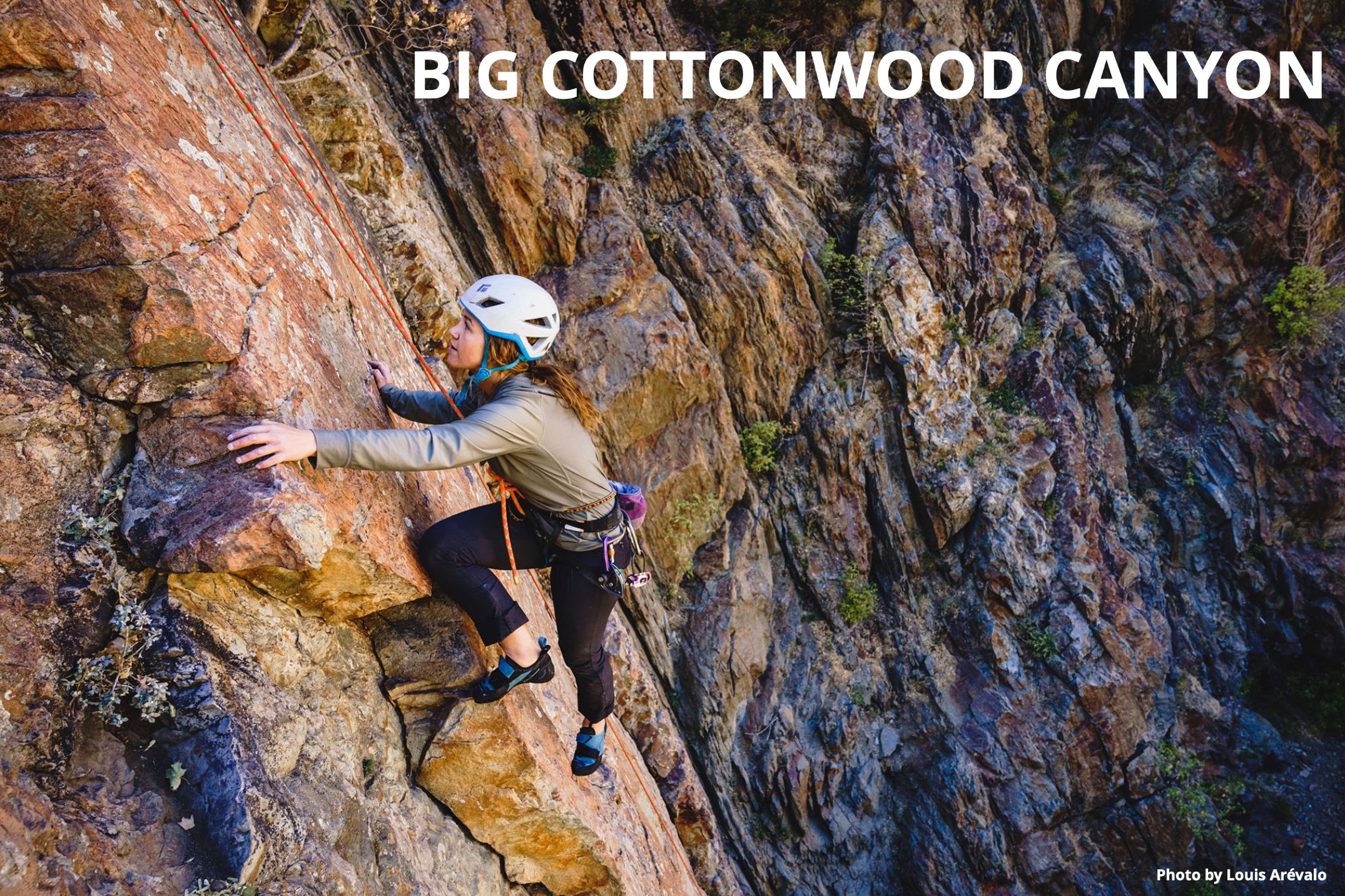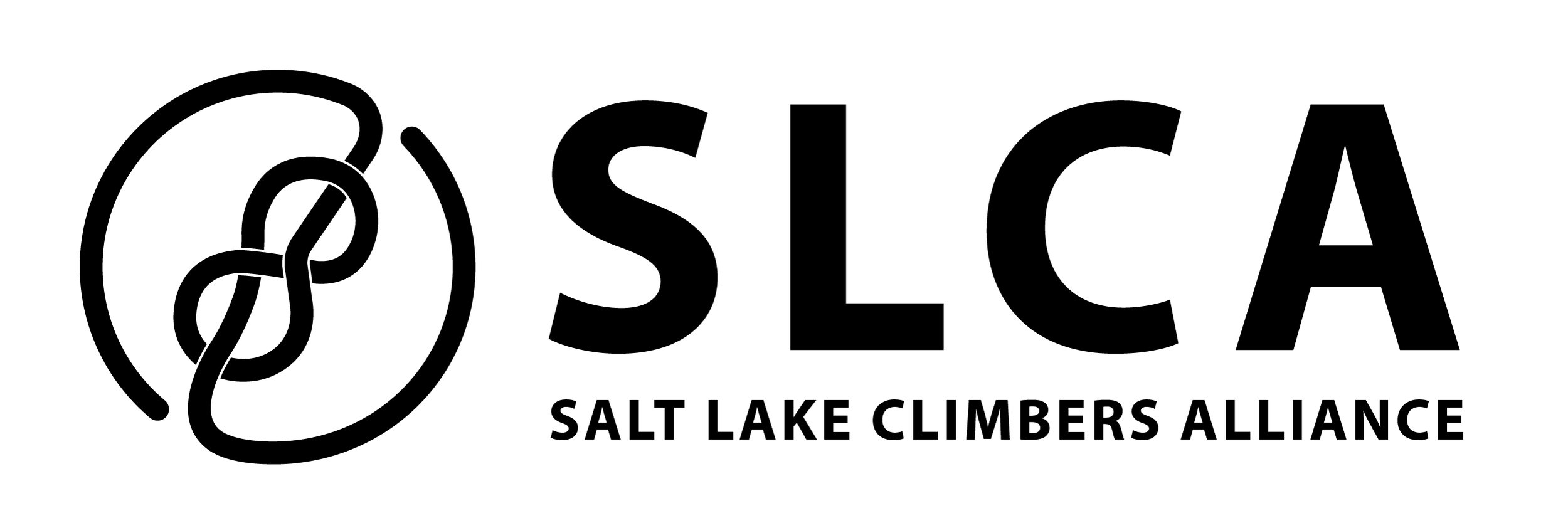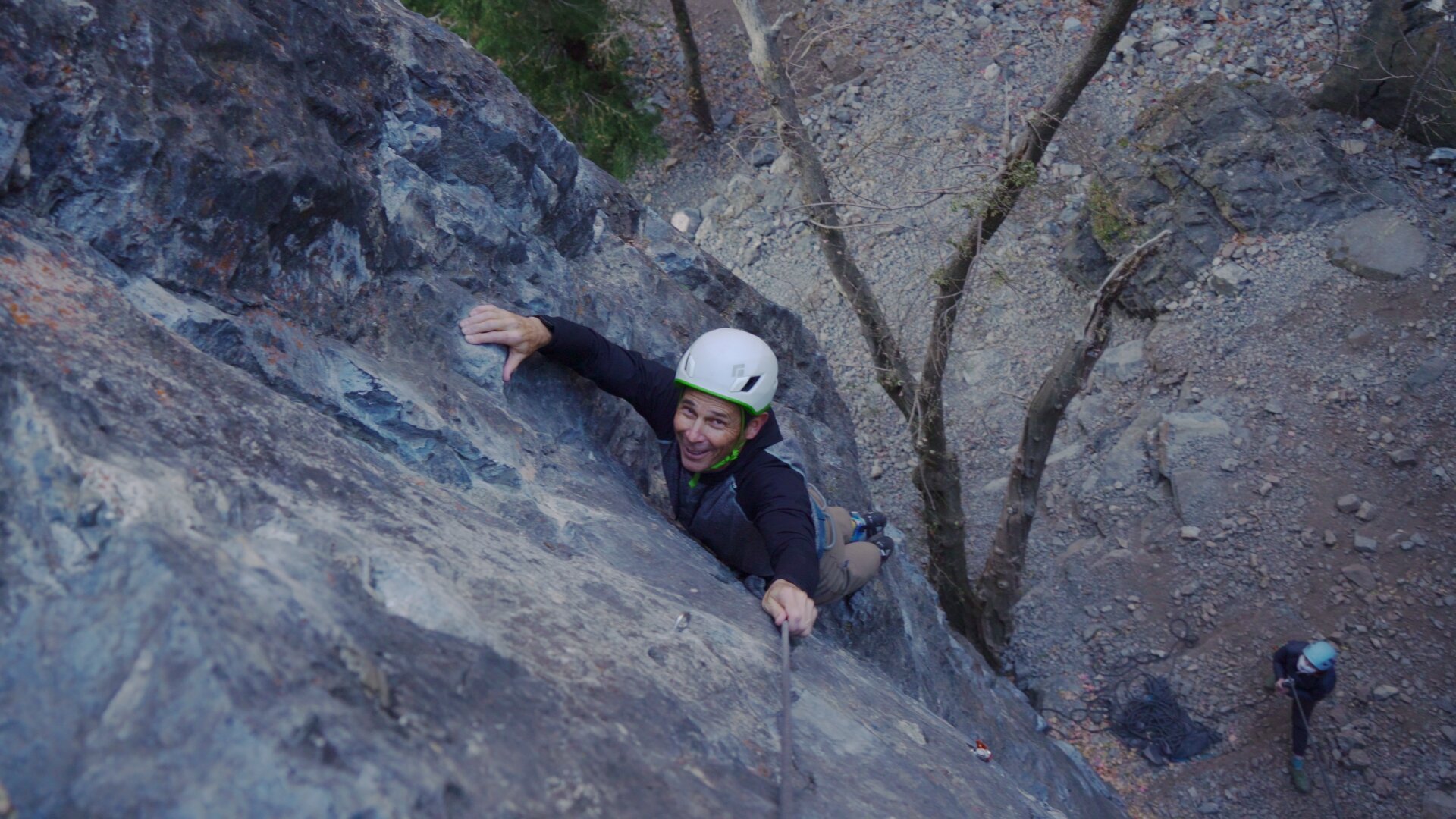What is the Protect America’s Rock Climbing Act and how does it apply to both local and national climbing?
This new climber-friendly bill from Representatives John Curtis (R-Utah) and Joe Neguse (D-Colo.), the Protect America’s Rock Climbing Act (H.R. 1380), would bring consistency to federal climbing management policy and protect some of America’s most iconic Wilderness climbing areas both locally and nationally.
The bill requires the Secretary of Agriculture and the Secretary of the Interior to issue guidance on climbing management in designated Wilderness areas.
We estimate that 30% of climbing in the Uinta Wasatch Cache National Forest is (urban interface) Wilderness areas




The bill responds to a growing threat from the National Park Service, which has recently moved to prohibit fixed anchors in Wilderness areas across the nation. At stake is the ability to safely climb some of the most iconic routes in America, from local crags in American Fork and Ferguson Canyons, to the big walls in Yosemite and Zion.
This is not a revision to the Wilderness Act. The bill retains the status quo that climbing is allowed in Wilderness.
This bill uniquely impacts some local crags in American Fork, Big and Little Cottonwood Canyon, and Ferguson Canyon that are in federally designated Wilderness areas. Unlike most Wilderness climbing, these crags are close to urban areas, are heavily used and are in need of anchor maintenance.
The SLCA’s mission is to steward existing routes and to help manage sustainable climbing. Because many popular roadside crags are within the Wilderness boundary, the SLCA has been unable to perform anchor maintenance (specifically using a power drill per USFS authority) to replaced anchors, many of which are now over 30 years old.
The USFS has the authority to allow for such maintenance. However, the local Forest Service districts including Pleasant Grove and Salt Lake have been waiting for national guidance before issuing best practices for climbing area management, including anchor maintenance in federally designated Wilderness areas. This bill gives the necessary guidance.
SLCA maintains a great working relationship to maintain anchors in non-wilderness areas in the Wasatch with the USFS that will establish a good foundation for future management plans and processes.
The SLCA has been working with the USFS and Representative Curtis for years on the issue of fixed anchor maintenance in Wilderness areas in Representative Curtis’s District, including popular sport climbing routes in American Fork Canyon that were developed 20-30 years ago.
“It redefines the Wilderness Act, and what you can and cannot do in wilderness,” said Kate Beezley, executive director of the Boulder Climbing Community.
“Access Fund’s core mission is to protect America’s climbing, and we’re thrilled to help craft and support a new bill that would do just that: the Protect America’s Rock Climbing Act,” says Access Fund Executive Director Chris Winter. “Thanks to the incredible leadership of Representatives Curtis and Neguse, we have an opportunity to protect Wilderness climbing and America’s exceptional climbing history.”
What can you do to help?
As of right now, we recommend sending Representative John Curtis a thank you note or by donating by clicking the links below. Stay tuned for more ACTION ALERTS.
Representative John Curtis climbing in American Fork with the SLCA and AAC during a Hill to Crag outing.












